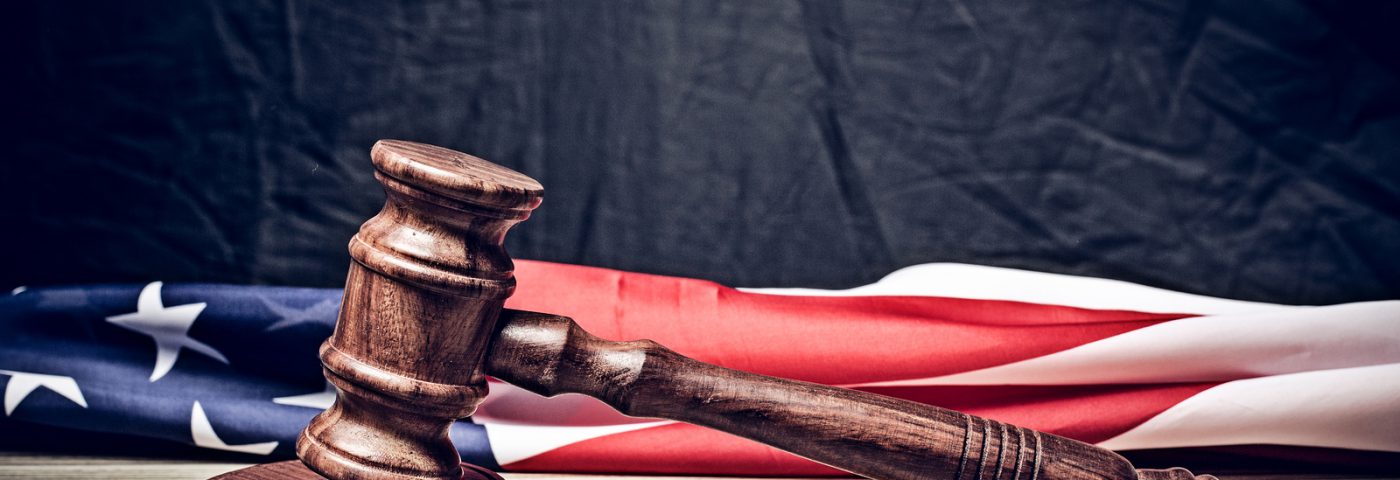Discover how you can remain US Claims Compliant and accurately promote your product. We’ve pulled the insights you need from the Benchmarking Company’s research published in October 2019 and presented at in-cosmetics North America 2019.
Marketing claims drive consumers’ purchasing decisions and, in the beauty world, you don’t need to look far to find one. Examples of claims include: ‘93% of women look for efficacy claims before purchasing a beauty product’ or ‘83% trust ‘men like them’ saying a product works more than a brand saying the same thing’.
So, how do brands make marketing claims and mitigate regulatory risk? To start, they’ll need to refer to these three parts of the regulatory and legal landscape:
- The Regulator: FDA – regulates cosmetics under the authority of two important laws about cosmetics marketed in the US: The Federal Food, Drug, and Cosmetic Act, and the Fair Packaging and Labelling Act.
- The Enforcer: FTC – for the consumer to prevent fraudulent, deceptive, and unfair business practices in the marketplace and to provide information to help consumers spot, stop, and avoid them.
- A “class action” lawsuit is one in which a group of people with the same or similar injuries caused by the same product or action sue the defendant as a group
According to the FDA, a cosmetic is anything intended to be applied to the human body to cleanse, beautify, or alter its appearance. It is not anything intended to treat or mitigate a disease or to affect the structure of the function of the body.
While it would be great for sales to say your product ‘repairs’ or ‘regenerates’ etc., you cannot make these assertions as a personal care professional.
Properly-worded claims are important for regulatory compliance and legal risk mitigation. Although marketing claims are key, how brands communicate claims is as important as the claim itself.
We’ve covered claims, now we reveal everything you need to know about the INCI Naming system.

